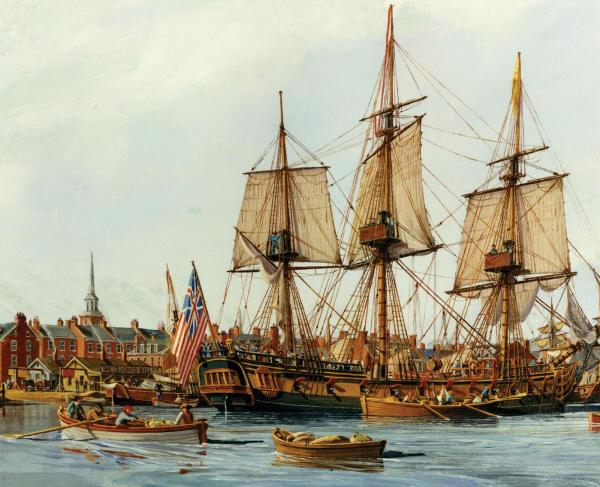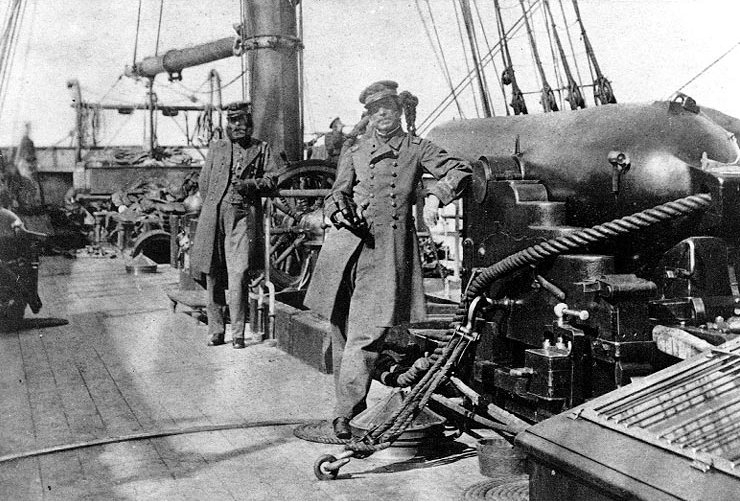The Union navy grew by 600% to meet the demands of the war.

At the start of the Civil War, the Union navy consisted of about 90 ships, only about 40 of which were close to combat capability. The primary needs of Scott's Anaconda Plan—an approximately 3,000-mile blockade—far exceeded what the navy could provide. Old ships were piled up with rocks and sunk in barricades around the southern harbors to buy time for the engineers to rush to launch a new fleet of warships. Hundreds of civilian ships were also put into service. Passenger ferries, the sturdy deck built to accommodate horse-drawn carriages, were particularly well adapted to their new role as river gunboats. The Union Navy had grown to include more than six hundred ships by 1865, the largest in the world at the time, giving the North a consistent advantage in sea warfare. The Union Navy deserves to be one of the facts about Civil War Navies.
Regarding the Union navy, the United States Navy of the 1860s offered a reminder of what serious peer competition in the naval realm looked like and the resources and human will it required. ask. Marine strategy and naval force building are advocated by senior officers in uniform, approved by the civilian leadership, and then painstakingly executed at all levels. The growing pains were resolved and complex exercises were performed in a cold environment. The renaissance of naval strategic thinking will provide a source of strength and inspiration for today's sailors and civilian defense officials. Lessons in strategy, fleet exercises, and force structure are still directly relevant.









